IJMS, Free Full-Text
Par un écrivain mystérieux
Last updated 29 mai 2024
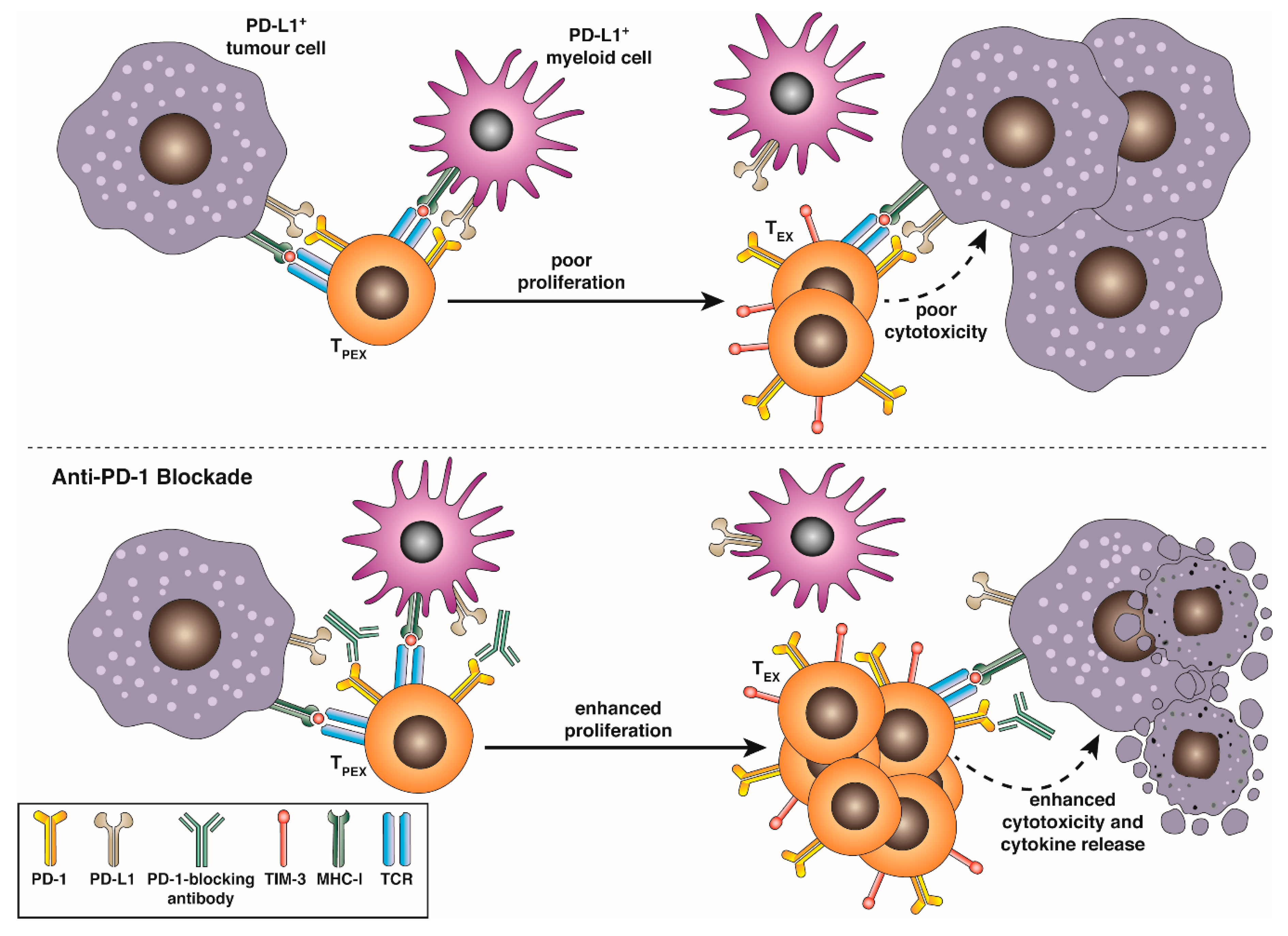
T cells follow a triphasic distinct pathway of activation, proliferation and differentiation before becoming functionally and phenotypically “exhausted” in settings of chronic infection, autoimmunity and in cancer. Exhausted T cells progressively lose canonical effector functions, exhibit altered transcriptional networks and epigenetic signatures and gain constitutive expression of a broad coinhibitory receptor suite. This review outlines recent advances in our understanding of exhausted T cell biology and examines cellular and molecular mechanisms by which a state of dysfunction or exhaustion is established, and mechanisms by which exhausted T cells may still contribute to pathogen or tumour control. Further, this review describes our understanding of exhausted T cell heterogeneity and outlines the mechanisms by which checkpoint blockade differentially engages exhausted T cell subsets to overcome exhaustion and recover T cell function.

International Journal of Molecular Medicine
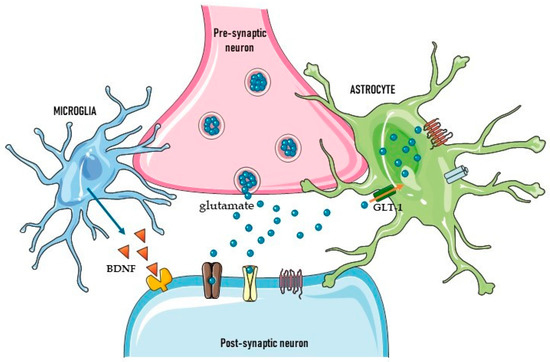
IJMS, Free Full-Text, synapse x download free

IJMS, Free Full-Text, evades el tema

IJMS, Free Full-Text, test vivo
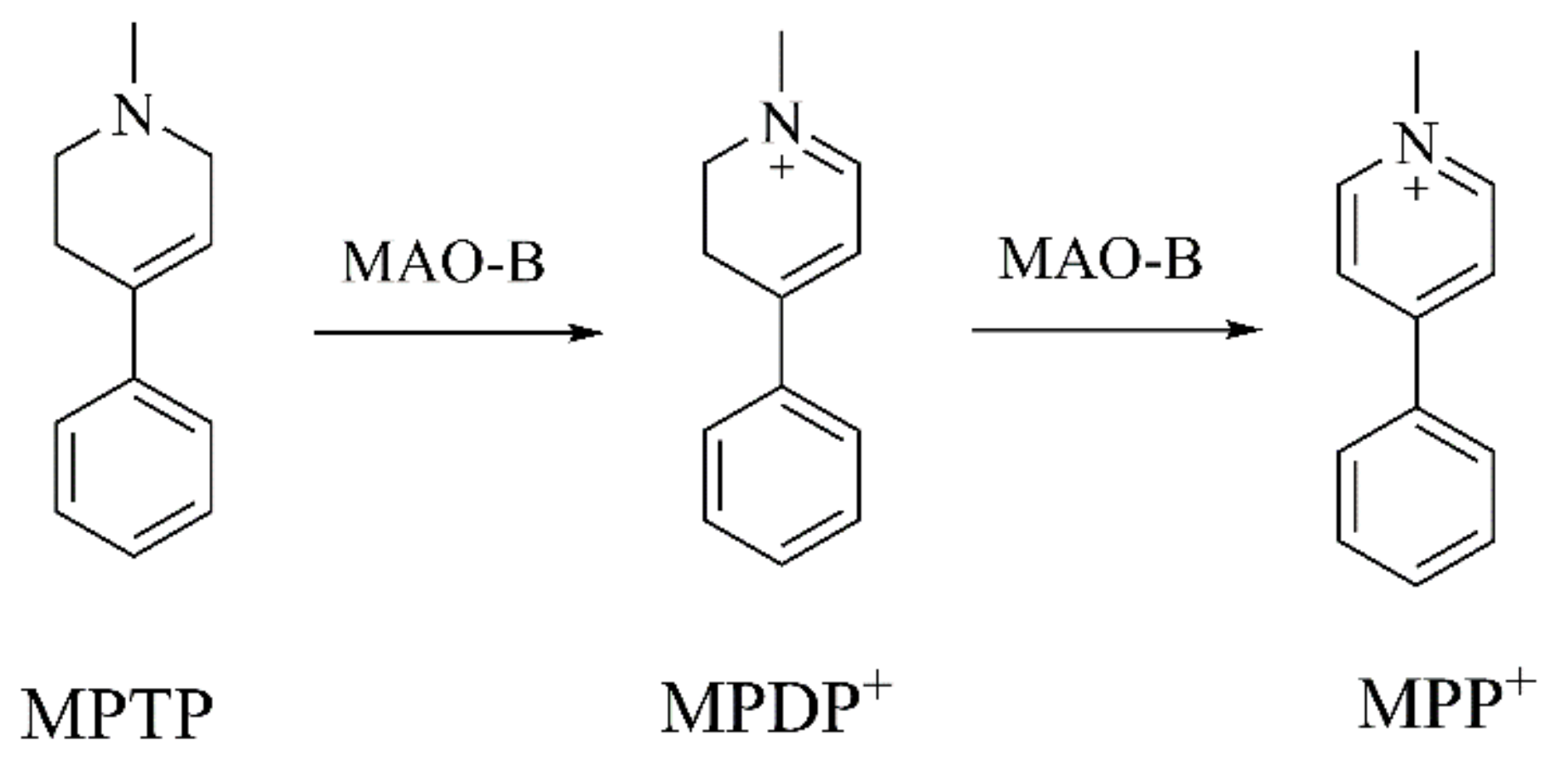
IJMS, Free Full-Text, kurnik damas
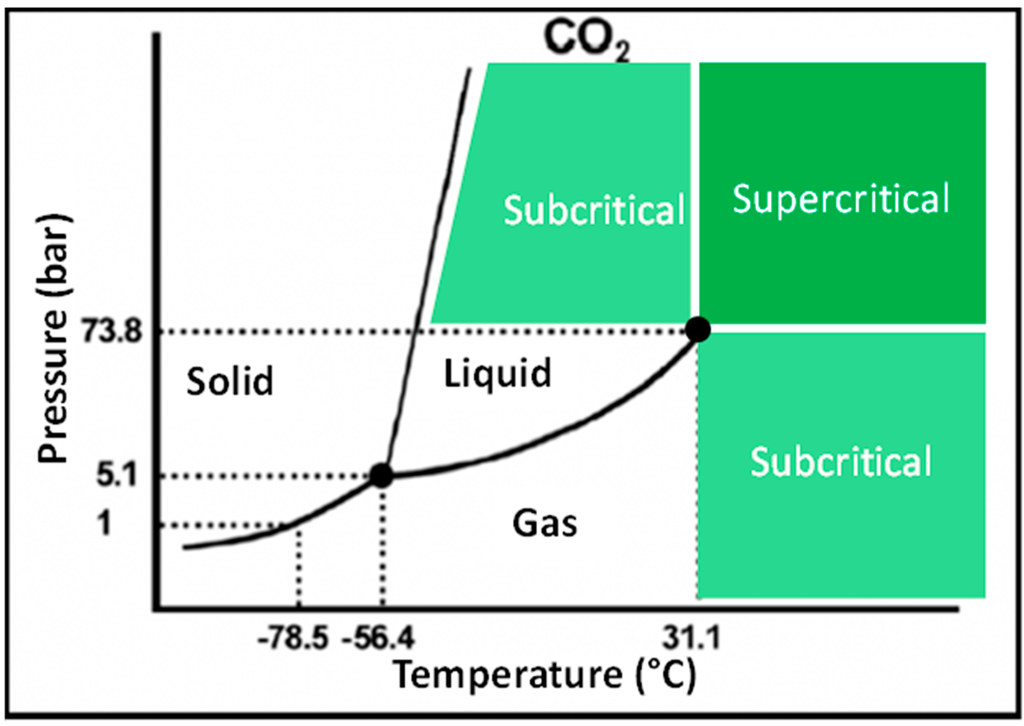
IJMS, Free Full-Text, test vivo
IJMS, Free Full-Text
Ijms Free Full Text Disorders Of Sex Developmentnovel Regulators Impacts On Fertility And
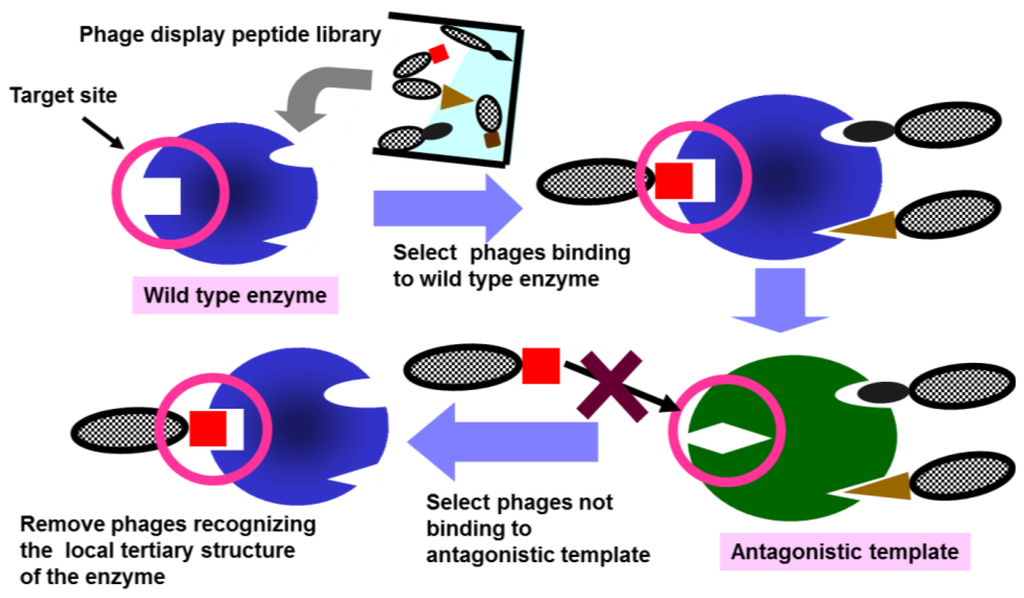
IJMS, Free Full-Text
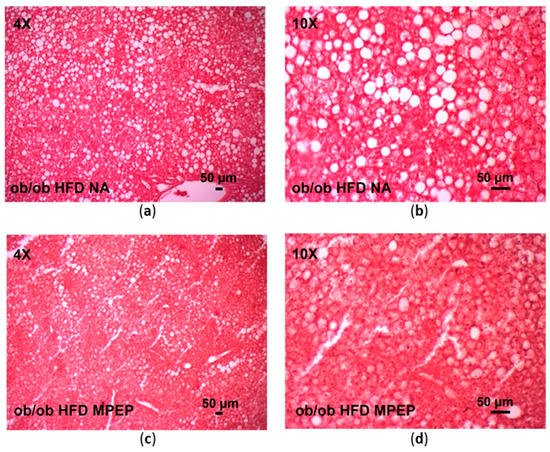
IJMS, Free Full-Text, synapse x twitter
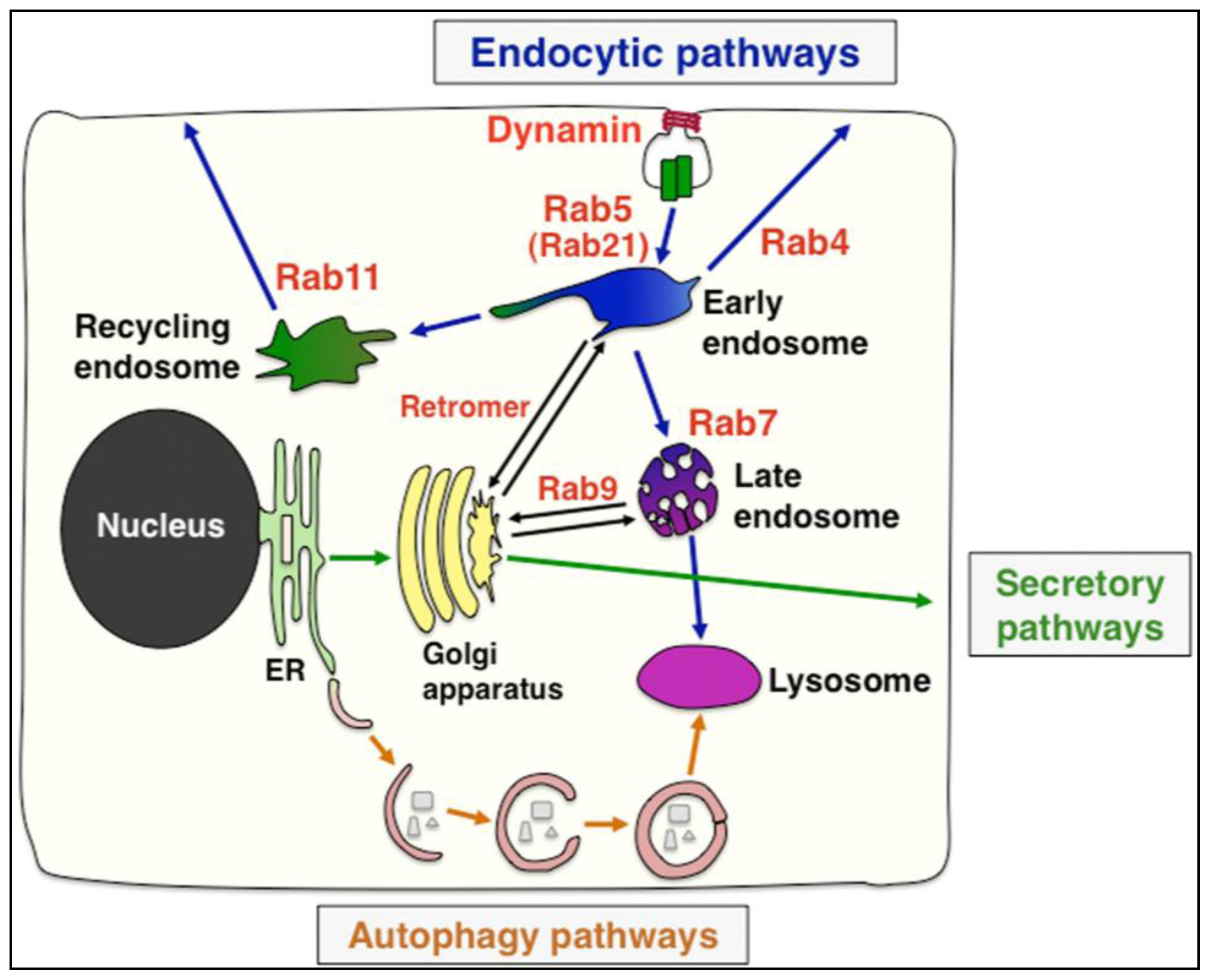
IJMS, Free Full-Text, synapse x twitter
Recommandé pour vous
 The Lancet Oncology on X: NEW: phase 2 GORTEC 2014-01 TPExtreme trial: TPEx (cetuximab+docetaxel+cisplatin) vs EXTREME (platinum+fluorouracil+cetuximab) in recurrent or metastatic head and neck squamous-cell carcinoma #headandneckcancer14 Jul 2023
The Lancet Oncology on X: NEW: phase 2 GORTEC 2014-01 TPExtreme trial: TPEx (cetuximab+docetaxel+cisplatin) vs EXTREME (platinum+fluorouracil+cetuximab) in recurrent or metastatic head and neck squamous-cell carcinoma #headandneckcancer14 Jul 2023- GitHub - cxz/tpex14 Jul 2023
 Contexte Étude GORTEC TPEx (1) - ppt video online télécharger14 Jul 2023
Contexte Étude GORTEC TPEx (1) - ppt video online télécharger14 Jul 2023 The WFE 2020 Series: Philip Chen, Chairman, Taipei Exchange (TPEx)14 Jul 2023
The WFE 2020 Series: Philip Chen, Chairman, Taipei Exchange (TPEx)14 Jul 2023 Record TPEX 100 Stainless Electric High Lifter, TPEX14 Jul 2023
Record TPEX 100 Stainless Electric High Lifter, TPEX14 Jul 2023 Boehlerit - TPEX 3307 (BM35503) VA582 - Triangular inserts - ToolsUnited14 Jul 2023
Boehlerit - TPEX 3307 (BM35503) VA582 - Triangular inserts - ToolsUnited14 Jul 2023- Sarah Gabriel on X: 2/ Increased TGFb singalling in #TPEX leads to supressed #mTOR activity in early #TPEX cells, allowing them to maintain metabolic fitness over prolonged periods. Strategic combination of #checkpoint14 Jul 2023
 FULL REVIEW Royal Enfield TPEX full face camo helmet Royal Enfield helmet grey big billion sale14 Jul 2023
FULL REVIEW Royal Enfield TPEX full face camo helmet Royal Enfield helmet grey big billion sale14 Jul 2023 NEMO(ニーモ) アジャスタブル タープポール エクステンション NM-AC-TPEX - テント14 Jul 2023
NEMO(ニーモ) アジャスタブル タープポール エクステンション NM-AC-TPEX - テント14 Jul 2023 Taiwan's innovation Cloud on the TPEx Market, 91APP*-KY officially listed on 25th May 2021.14 Jul 2023
Taiwan's innovation Cloud on the TPEx Market, 91APP*-KY officially listed on 25th May 2021.14 Jul 2023
Tu pourrais aussi aimer
 Pour modèle 3 modèle Y boîte de rangement d'accoudoir - Temu Belgium14 Jul 2023
Pour modèle 3 modèle Y boîte de rangement d'accoudoir - Temu Belgium14 Jul 2023 Système de balance embarquée pour véhicule minier14 Jul 2023
Système de balance embarquée pour véhicule minier14 Jul 2023 Kits de voiture modèle cadeau amusant jeu d'interaction ensemble de 4 pour14 Jul 2023
Kits de voiture modèle cadeau amusant jeu d'interaction ensemble de 4 pour14 Jul 2023 De noël ensemble de vetements rayure parent-enfant manches longues coton pyjamas Service à domicile Vert-blanc - Cdiscount Prêt-à-Porter14 Jul 2023
De noël ensemble de vetements rayure parent-enfant manches longues coton pyjamas Service à domicile Vert-blanc - Cdiscount Prêt-à-Porter14 Jul 2023 Le stylo bille montblanc STARWALKER BLACKCOSMOS 12974714 Jul 2023
Le stylo bille montblanc STARWALKER BLACKCOSMOS 12974714 Jul 2023 Sous-main bureau Motif floral - Decortapis14 Jul 2023
Sous-main bureau Motif floral - Decortapis14 Jul 2023 Kit de jeux Schleich Cowgirl tonneaux Barrel-racing - Le Paturon14 Jul 2023
Kit de jeux Schleich Cowgirl tonneaux Barrel-racing - Le Paturon14 Jul 2023 Cache Yeux Réutilisables - Retours Gratuits Dans Les 90 Jours - Temu France14 Jul 2023
Cache Yeux Réutilisables - Retours Gratuits Dans Les 90 Jours - Temu France14 Jul 2023 2 pcs/paire led ampoules LED F2 zes 60 W 3500lm CANbus, ampoules14 Jul 2023
2 pcs/paire led ampoules LED F2 zes 60 W 3500lm CANbus, ampoules14 Jul 2023- Grille-viande TRIOMPH Grille viande électrique - Compatible la14 Jul 2023

